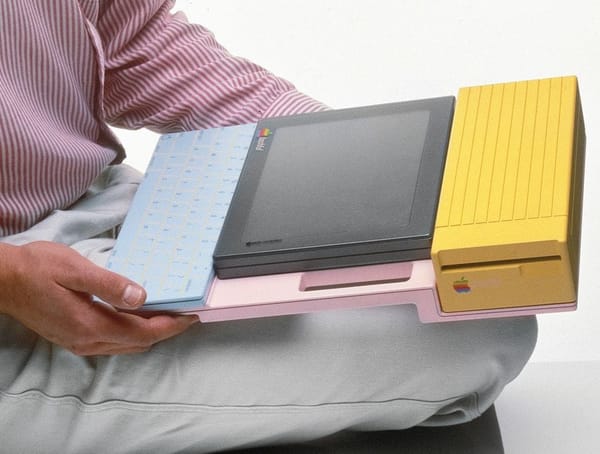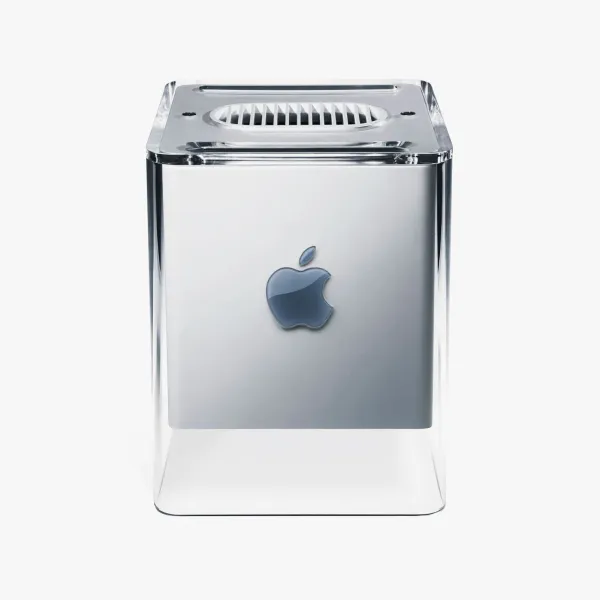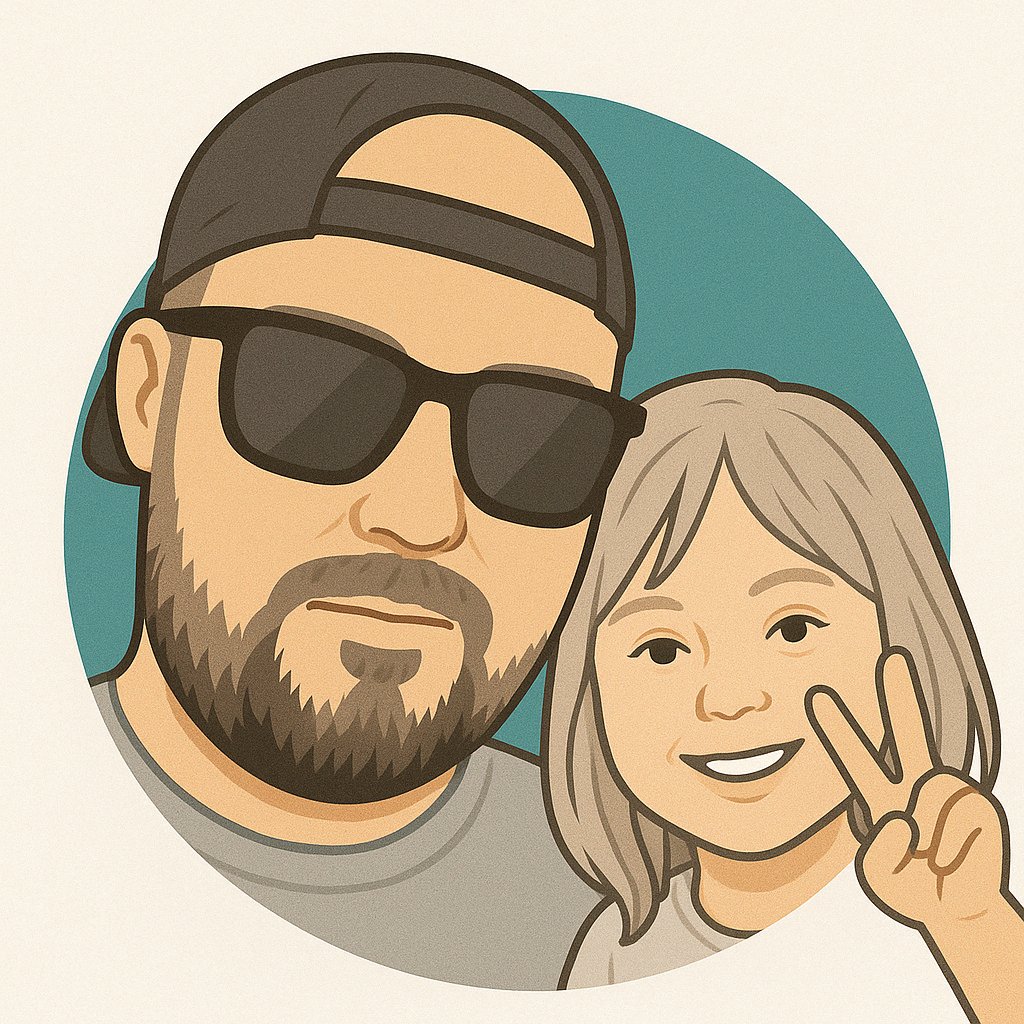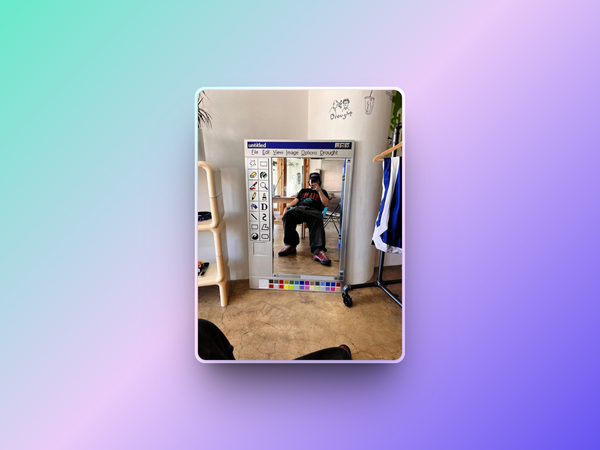When Apple joined forces with Frog Design in the early '80s, it was a pivotal moment that set the stage for Apple's design-first philosophy.
The result?
The "Snow White" design language, a visual approach that prioritised clean lines, minimal texturing, and that unmistakable off-white colour palette.
While this design may seem quaint by today’s standards, it was nothing short of revolutionary at the time, transforming the once utilitarian look of computers into objects of desire.
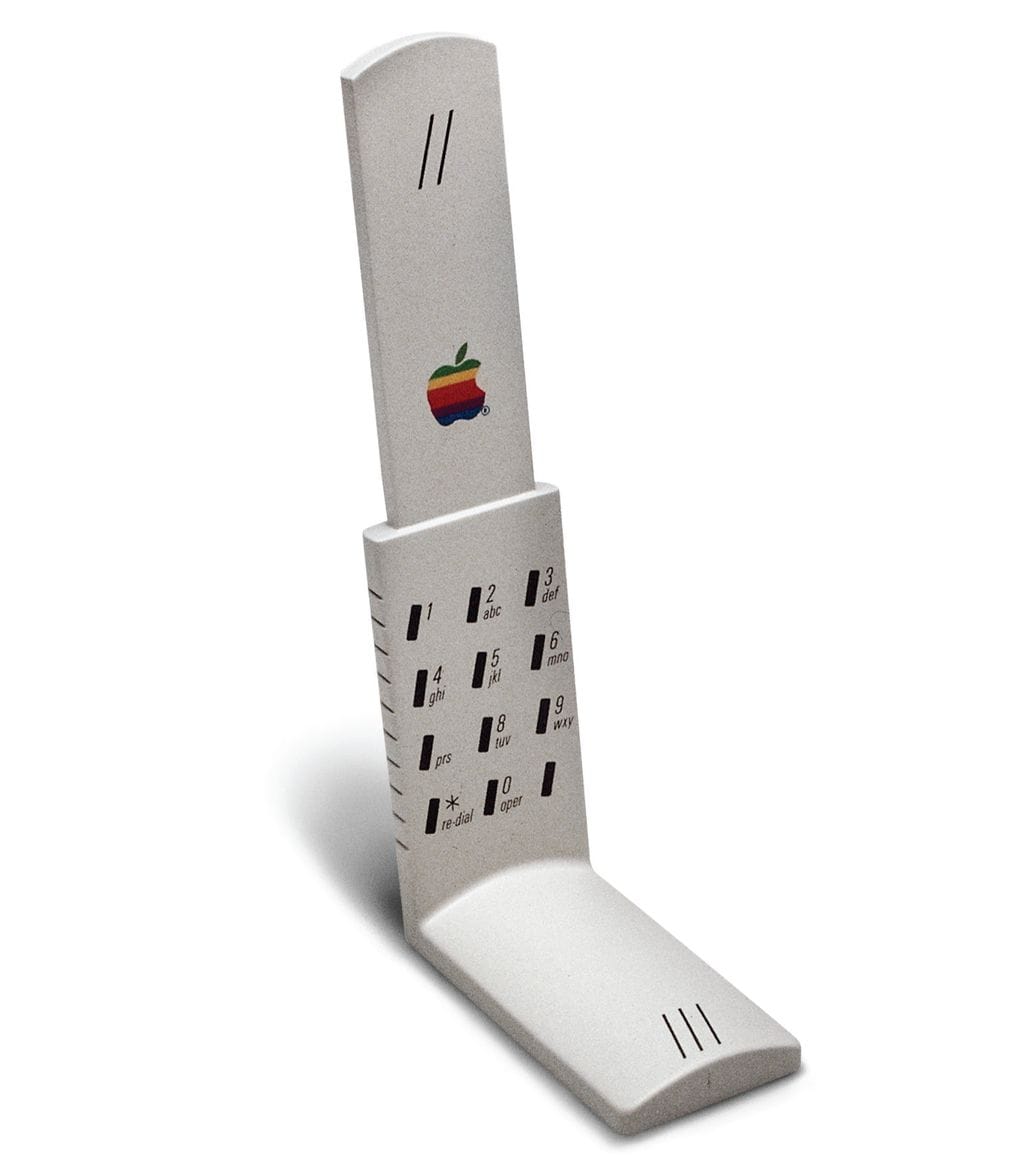
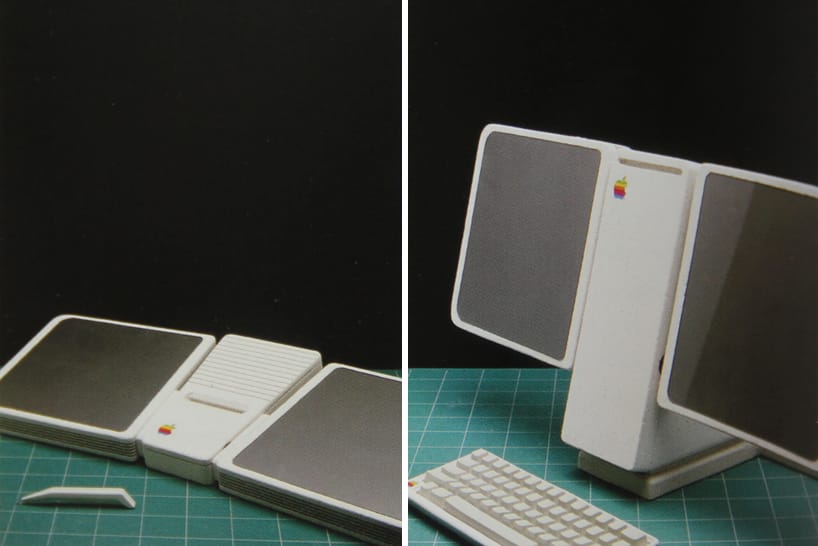

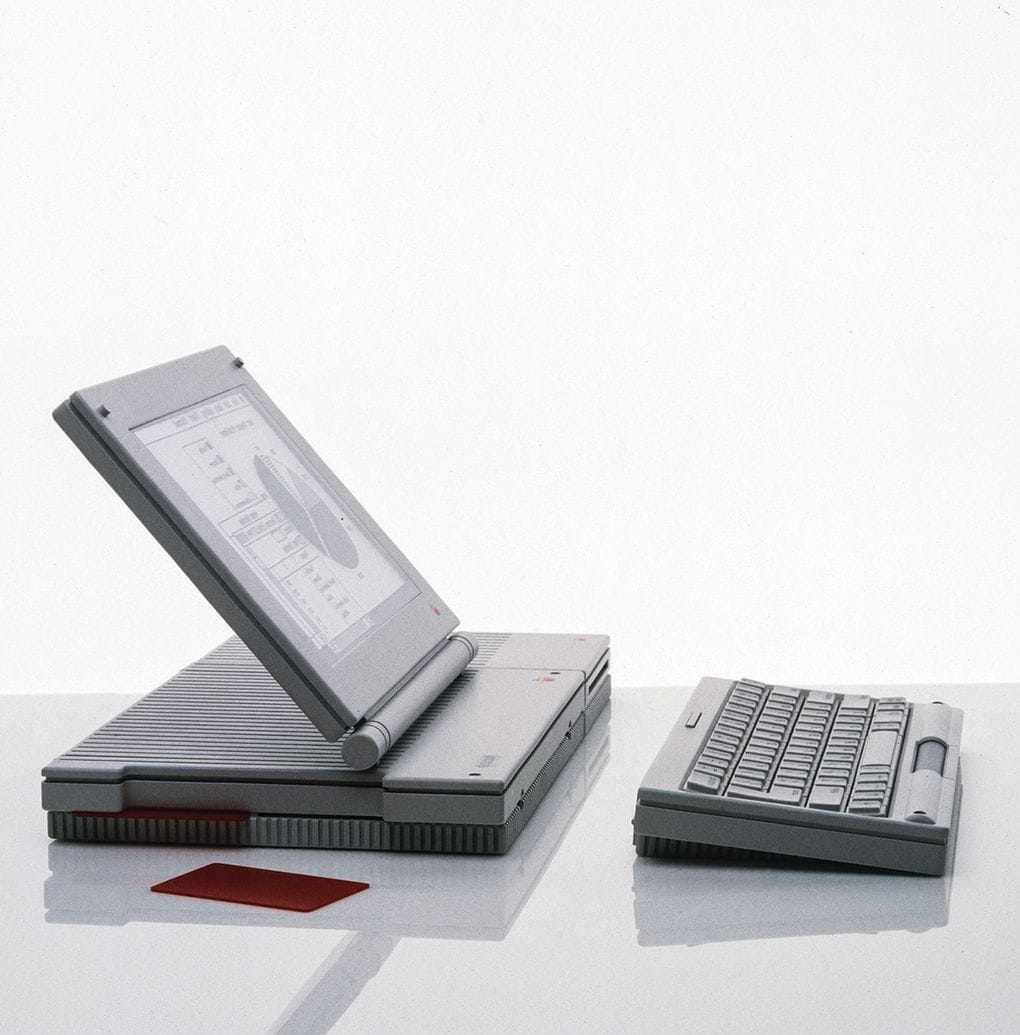
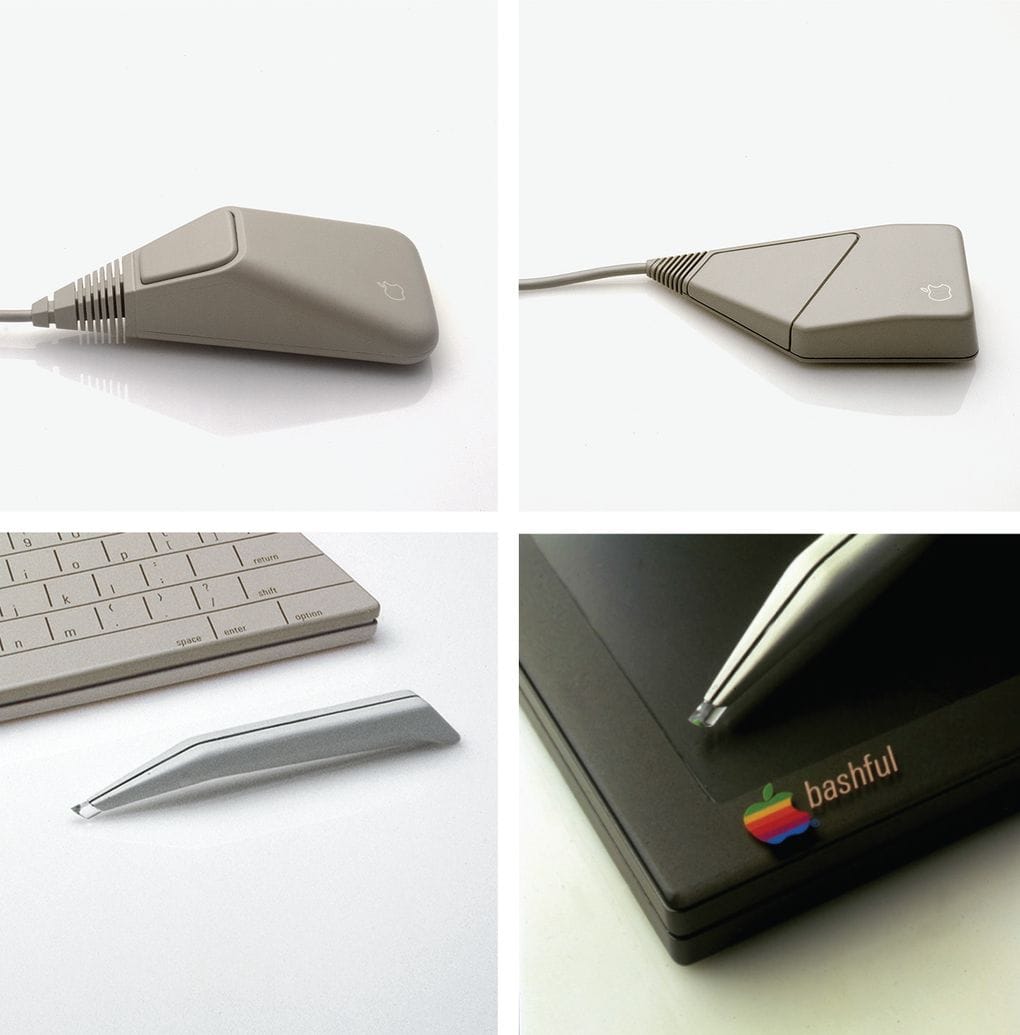
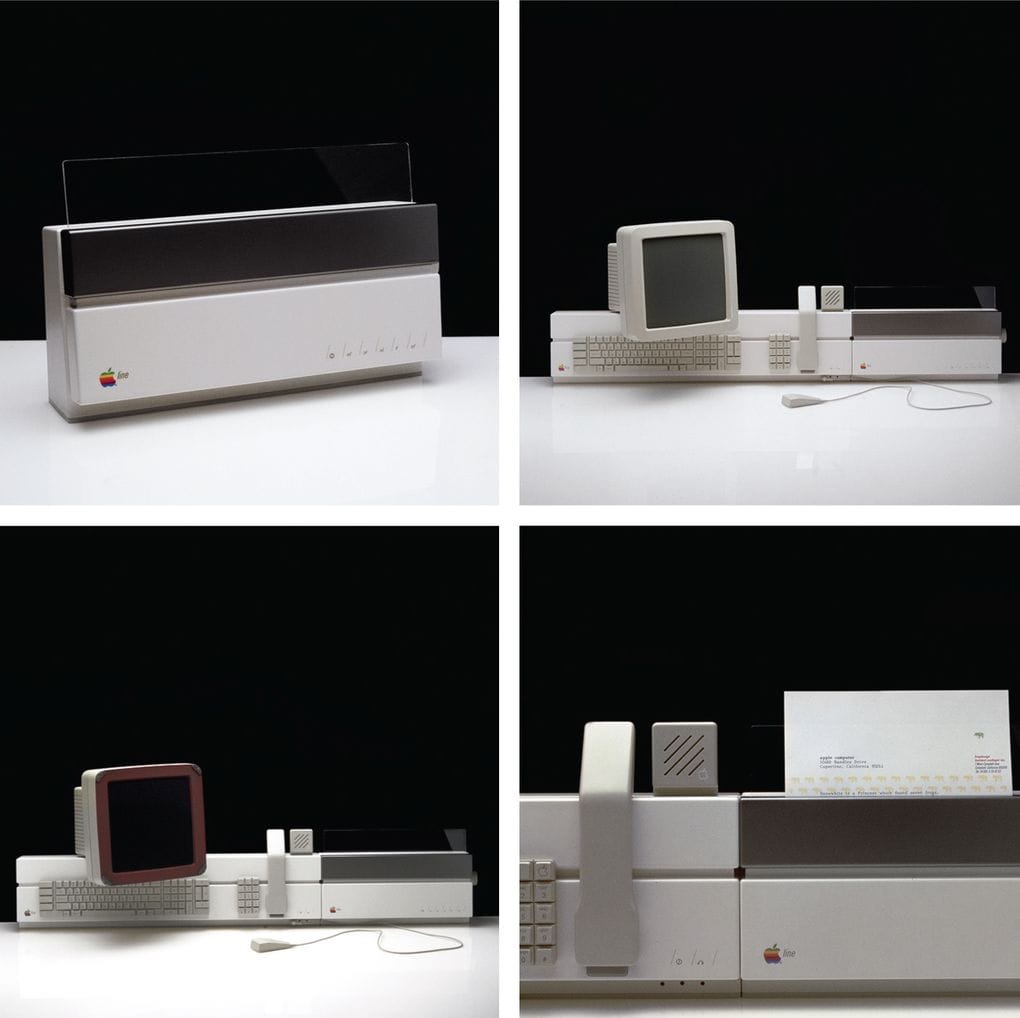
Source: Arnoldsche Art Publishers
Frog’s designs weren’t just about aesthetics—they were about shaping perception.
The shallow horizontal and vertical lines made the machines appear smaller and sleeker than they actually were, giving Apple's early computers an elegant edge over competitors.
These subtle touches, combined with rounded corners and the inlaid Apple logo, helped establish Apple as more than just another tech company.
It became the designer tech company.
Interestingly, if you look at product shots from that era, they bear a striking resemblance to today’s Apple lineup.
The obsession with clean surfaces, minimalist logos, and even the choice of colours (those soft greys and whites) continues to echo in today’s iPhones and MacBooks.
It’s a testament to how much Esslinger and Frog shaped Apple’s design DNA. Modern Apple’s relentless pursuit of simplicity and elegance was, in many ways, born in this era.
It’s often said that Steve Jobs learned to put design first during this period, and Esslinger himself has claimed as much in his book Keep It Simple.
The seeds of Apple’s modern dominance were sown in those years, with the Snow White language being the blueprint for what would later become an entire design ethos.
If you strip back today’s iPhones and MacBooks, you can still see the bones of Esslinger’s vision—an industrial design language that doesn’t just house technology but elevates it.

